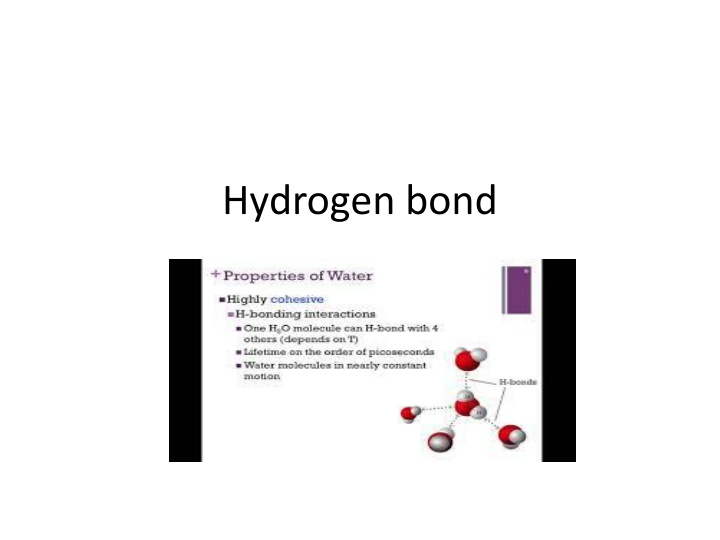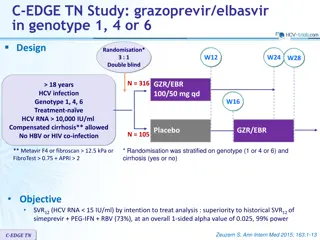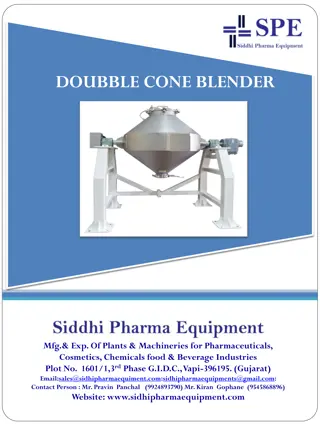
Hydrogen Bonding: Types, Conditions, and Effects
Explore the unique properties of hydrogen bonding, its conditions, nature, types, and effects on various properties such as boiling points, solubility, and biological processes. Discover how hydrogen bonds influence the behavior of molecules in different environments.
Download Presentation

Please find below an Image/Link to download the presentation.
The content on the website is provided AS IS for your information and personal use only. It may not be sold, licensed, or shared on other websites without obtaining consent from the author. If you encounter any issues during the download, it is possible that the publisher has removed the file from their server.
You are allowed to download the files provided on this website for personal or commercial use, subject to the condition that they are used lawfully. All files are the property of their respective owners.
The content on the website is provided AS IS for your information and personal use only. It may not be sold, licensed, or shared on other websites without obtaining consent from the author.
E N D
Presentation Transcript
Hydrogen bond When hydrogen atom lies between two atoms strong electronegatives, it shows an unique property of forming a bond between the two electronegative atoms. One is held by a covalent bond and the other by an electrostatic force. This electrostatic force is called the hydrogen bond. Hydrogen bond is usually indicated by dotted lines. hydrogen bond may be reperesented by the general formuls A-H .B.
Conditions for hydrogen bond Both atoms A & B which are bridged by hydrogen must be highly electronegative elements. Small in size. Must have a lone pair of electrons Hydrogen bond is seen only compounds of fluorine, oxygen and nitrogen.
Nature of hydrogen bonding Hydrogen bond is electrostatic in nature. Hydrogen fluroide. H-F H-F Hydrogen bond is much weaker than a normal covalent bond. The strength of hydrogen bond has been found to vary between 2- 10k.cal.per mole. Covalent bond 100k.cals.per mole.
Types of hydrogen bond Inter molecular hydrogen bond Intra molecular hydrogen bond Formed between atoms with different molecule Leads to molecular association This results in increase in the boiling point or melting point. Formed between atoms within the same molecule Does not lead to molecular association Have low boiling point and melting point.
Effect of properties 1. 2. Abnormal boiling points Density of ice is less than that of water (the orientation of hydrogen bonds causes molecules to push farther apart, which lowers the density.) 3. P-nitrophenols higher boiling point than o-nitrophenol. 4. The second dissociation constant is lesser than the first dissociation constant in maleic acid while both are same for fumaric acid. 5. Solubility of organic compounds 6. Biological process
Solubility of organic compounds Organic compounds are generally insoluble in water Lower alcohols acids and sugars etc are soluble in water. Due to hydrogen bonding. As a rule, if a compound is capable of forming hydrogen bond with water, it dissolves in water.
Biological process One stage to other Enzyme action Muscle action which is rapid and reversible Contraction is due to the formation of hydrogen bond and relaxation is breaking of hydrogen bond. Memory regular hydrogen bonds in the brain



















